How to optimize your internal linking? This question has become part and parcel of any SEO strategy. In fact, links are still one of the three most important ranking factors with content and Rankbrain according to Andrey Lipattsev from Google.
Links are worth being optimized especially if you want to rank for competitive queries. But the thing is, internal linking strategies are often neglected in favour of “more technical” SEO tactics. This article is going to focus on three ways to optimize your internal linking that can really push forward your SEO ROI looking at your website’s data.
What is an internal link?
Said simply, an internal link is a link from a page to another page on the same domain. While you can also find internal links through your website navigation for example, we are going to focus on text links from one page on your website to another.
On the other hand, an external link is a link going to your website from another one. They create referral traffic and count for your SEO as a trust signal for Google. They are harder to get because you can’t control them. But that’s another subject we won’t discuss today.
What is internal linking?
Internal linking has been theoritize over the years but basically, we could simply represent internal linking as the following schema:
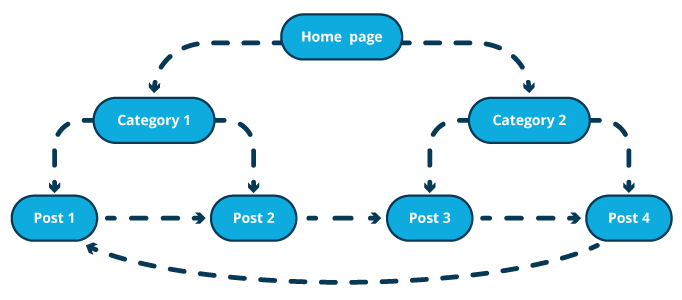
But in most cases, websites have design and architecture issues that keep them from having a logical structure.
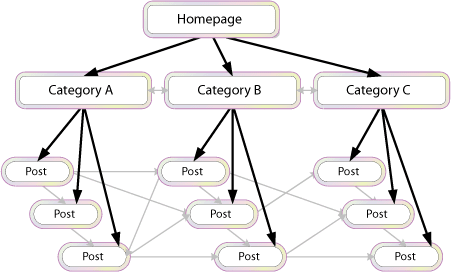
Source image: Neil Patel blog
The most common internal linking strategy has been to organize website’s content into silos, to improve the keyword presence for a particular keyword category. Even if this technique has been quite discussed the last few years, it is still used by a lot of SEOs to organize their page in a more logical way.
The thing is, discussions about internal linking are getting more and more complex, whether such technique or another works, but it doesn’t have to!
Simple methods exists to perform an efficient internal linking strategy that brings you results. Internal linking is thus important for your rankings because:
- It improves the indexation of your website ;
- It increases the backlink earning potential of deep content pages ;
- It spreads the strength of the site to internal pages ;
- it provides value to the user and lower bounce rate.
Now it’s time to dig into the core of this article: 3 internal linking techniques that can help you improve your SEO performance and get the most out of your internal links.
3 techniques to optimize your internal linking using Oncrawl
1# Link from content-heavy pages to other rich pages
The best internal linking strategy is the one that connect one article to another on the same semantic theme, thus creating a strong and deep internal structure.
Traditional linking structure already send enough links to your homepage, about page, contact forms, etc. At this point, you don’t need to link to these pages! They won’t help your internal linking strategy growing better.
The best tactic would be to link to long and engaging content in order to spread your internal linking naturally.
Within Oncrawl, you can spot where is located your rich content by group of page. Content with more than 800 words are regarded as rich by search engine. It provides a real value to your readers, better engagement and higher time onsite!
 You can thus directly see which groups of pages have the more rich content and if these are pages bringing conversions.
You can thus directly see which groups of pages have the more rich content and if these are pages bringing conversions.
2# Link to high converting pages
Speaking about conversions, internal linking can help you foster pages that convert visitors more than other pages. If you have that type of page on your website, link to them!
You may have pages on your website that get high conversion rates. If you link to these pages from other related content, you will be more likely to increase the conversions on the targeted page. That is why an internal linking strategy does not just have an impact on your rankings but also on your revenue.
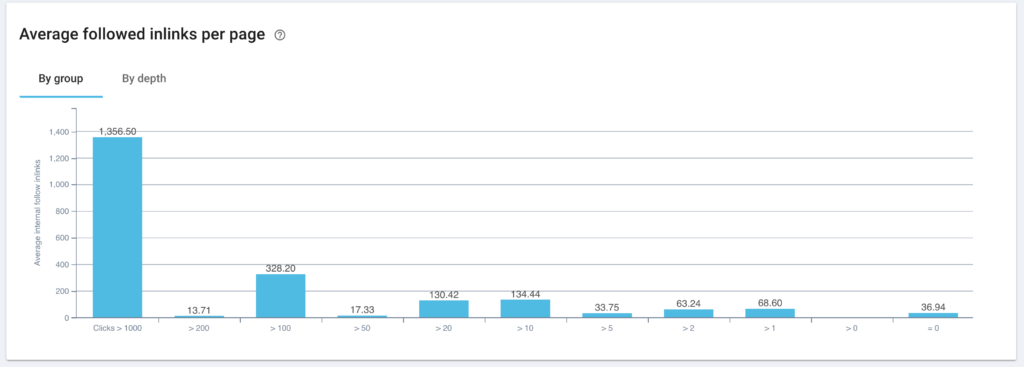
In the screenshot above, you can see which of your pages receive the more internal links. Are they the one bringing your revenue? Do they help you convert? This data are very helpful to help you determine if your money pages are enough linked.
3# Use the Inrank to measure popularity flow
[Ebook] How your internal linking scheme affects Inrank
Understanding how your internal popularity flows inside your website is another key metric to master to improve your internal linking strategy.
When optimizing your pages and your rankings, a lot of metrics have an impact such as your backlinks, your page speed, your content. How to be sure that some of your optimizations won’t affect your internal linking efficiency?
Oncrawl computes an Inrank of each page for each crawl report and helps you understand the impact of your internal linking strategy . This score from 0 to 10 measures the authority of a page regarding the number and depth of internal links pointing to the page. We also use Google PageRank algorithm and other factors to weight the Inrank so that all internal links are not born equal.
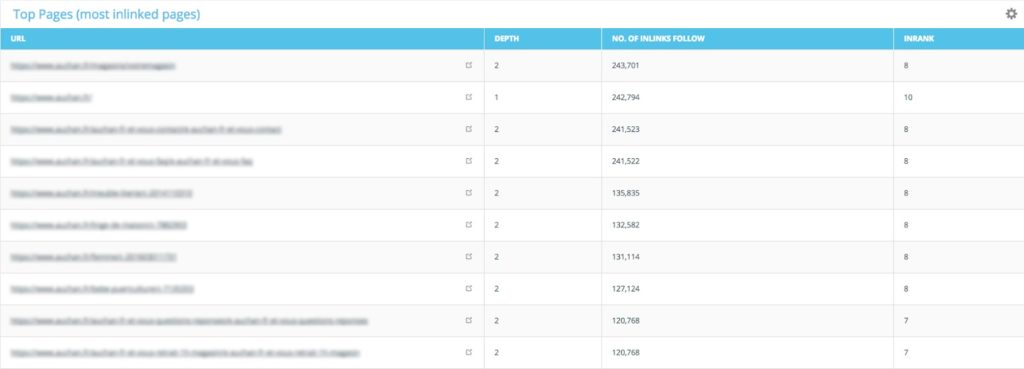
First, there is no bad or good Inrank. The homepage usually gets a 10 points Inrank, and then the Inrank is inherited from internal links. So this score should be used to understand how a particular optimisation in your internal links is impacting the popularity of your pages. When you try to improve the authority of a group of pages, chances are you are lowering the authority of others. Using the Inrank will help you avoid to shoot yourself in the foot.
The red curve in the Inlinks charts should be the flat if all your depth contains valuable pages.
What are your best wins for internal linking optimizations? Please let us know in the comment section.
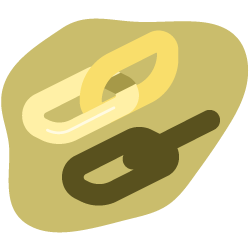

Great post! But I was wondering, when you have had a blog for so long that has accumulated so many posts, how do you maintain a consistent internal linking structure? That is, how do you remember to link to older posts…let’s say from 6 months ago. I only have around 25+ posts and I am just now beginning to forget to link to posts in certain contexts where I should be. There must be some kind of system without using an algorithm that would rise flags and potentially result in SEO penalties.
Well what you should be doing on this Blossom is when you upload your post then running a – site:domain.com “keyword”
Then choosing all the pages closely related to your new post. But then also tools like oncrawl will show which urls are not getting much love on your internal links and you can then look to add more internals to them.